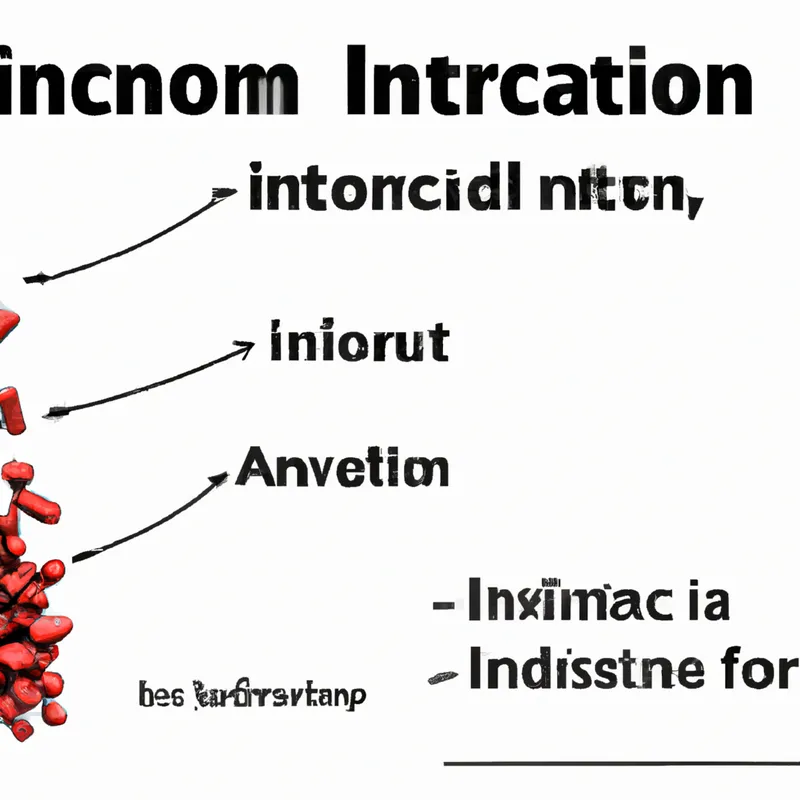Boost Iron Absorption with These Simple Tips
Iron Absorption: Factors That Enhance or Inhibit Bioavailability
Iron is essential for health and hemoglobin production. Hemoglobin carries oxygen in our blood. Many people experience iron deficiency. Understanding iron absorption can enhance its bioavailability. This post explores factors influencing iron absorption and offers tips for maximizing intake.
The Basics of Iron Absorption
Iron exists in two forms: heme and non-heme. Heme iron comes from animal sources, while non-heme iron comes from plants. The body absorbs heme iron more easily. Studies show the body absorbs 15-35% of heme iron and only 2-20% of non-heme iron.
Several factors influence how well our bodies absorb iron. Understanding these factors helps you make informed dietary choices.
Factors That Enhance Iron Absorption
Certain food components boost iron absorption. Here are key enhancers:
Vitamin C
Vitamin C significantly increases non-heme iron absorption. It converts iron into a more absorbable form. Foods rich in vitamin C include citrus fruits, bell peppers, and broccoli. Pairing iron-rich plant foods with vitamin C sources greatly improves absorption. For example, top spinach salad with orange slices.
Cooking Methods
Cooking enhances iron absorption. Cooking vegetables breaks down cell walls, making nutrients more accessible. Using cast iron cookware adds a small amount of iron to food. This method works well with acidic foods, like tomato sauce, which absorbs more iron.
Fermented Foods
Fermented foods contain probiotics that improve gut health. A healthy gut microbiome enhances nutrient absorption, including iron. Foods like yogurt, kefir, and sauerkraut promote gut health and improve overall nutrient absorption.
Factors That Inhibit Iron Absorption
Several substances hinder iron absorption. Being aware of these inhibitors optimizes your iron intake.
Phytates
Phytates exist in whole grains, legumes, and nuts. They bind to iron, reducing its availability for absorption. Soaking or sprouting these foods lowers phytate levels. For instance, soak beans overnight before cooking to enhance iron bioavailability.
Calcium
Calcium competes with iron for absorption in the intestines. Consuming high-calcium foods or supplements alongside iron sources diminishes absorption. For optimal iron intake, separate calcium-rich foods or supplements from iron-rich meals.
Tannins and Polyphenols
Tannins in tea and coffee inhibit iron absorption. Drinking these beverages during meals reduces iron uptake. Instead, have tea or coffee between meals to minimize their impact on iron absorption.
Tips for Maximizing Iron Absorption
To boost iron intake, consider these practical tips:
1. **Combine Iron Sources**: Pair non-heme iron sources with vitamin C-rich foods. Enjoy lentils with a bell pepper salad.
2. **Mind Your Cooking**: Use cast iron cookware for meals. This adds iron to your food.
3. **Soak and Sprout**: Soak beans, grains, and seeds to reduce phytate levels. This step significantly enhances iron absorption.
4. **Timing Matters**: Separate calcium-rich foods from iron-rich meals. This approach maximizes your iron intake.
5. **Stay Hydrated**: Drink plenty of water. Proper hydration supports digestion and nutrient absorption.
Benefits of Optimizing Iron Absorption
Improving iron absorption offers numerous health benefits. It helps prevent iron deficiency anemia, which causes fatigue, weakness, and pale skin. Enhancing iron bioavailability maintains optimal energy levels.
Proper iron levels support cognitive function and immune health. Iron is crucial for oxygen transport, affecting brain function. Adequate iron levels enhance mental clarity and focus.
Good iron status contributes to overall well-being. It allows your body to perform at its best, supporting physical activity and daily tasks.
Conclusion
Understanding factors that enhance or inhibit iron absorption helps you make better dietary choices. Incorporate vitamin C, use proper cooking methods, and be mindful of inhibitors to maximize iron intake. This approach prevents iron deficiency and supports overall health. Follow these tips to ensure your body receives the iron it needs for optimal function.
Below are related products based on this post:
FAQ
What are the two forms of iron and how are they absorbed differently?
Iron exists in two forms: heme and non-heme. Heme iron, which comes from animal sources, is absorbed more easily by the body, with an absorption rate of 15-35%. In contrast, non-heme iron, found in plant sources, has a lower absorption rate of only 2-20%.
How can I enhance my iron absorption through diet?
You can enhance iron absorption by pairing non-heme iron sources with vitamin C-rich foods, using cast iron cookware, and soaking or sprouting beans and grains to reduce phytate levels. Additionally, separating calcium-rich foods from iron-rich meals can optimize your iron intake.
What substances should I be aware of that inhibit iron absorption?
Several substances can inhibit iron absorption, including phytates found in whole grains and legumes, calcium which competes with iron for absorption, and tannins and polyphenols present in tea and coffee. It’s best to consume these inhibitors separately from iron-rich meals to maximize absorption.















Post Comment